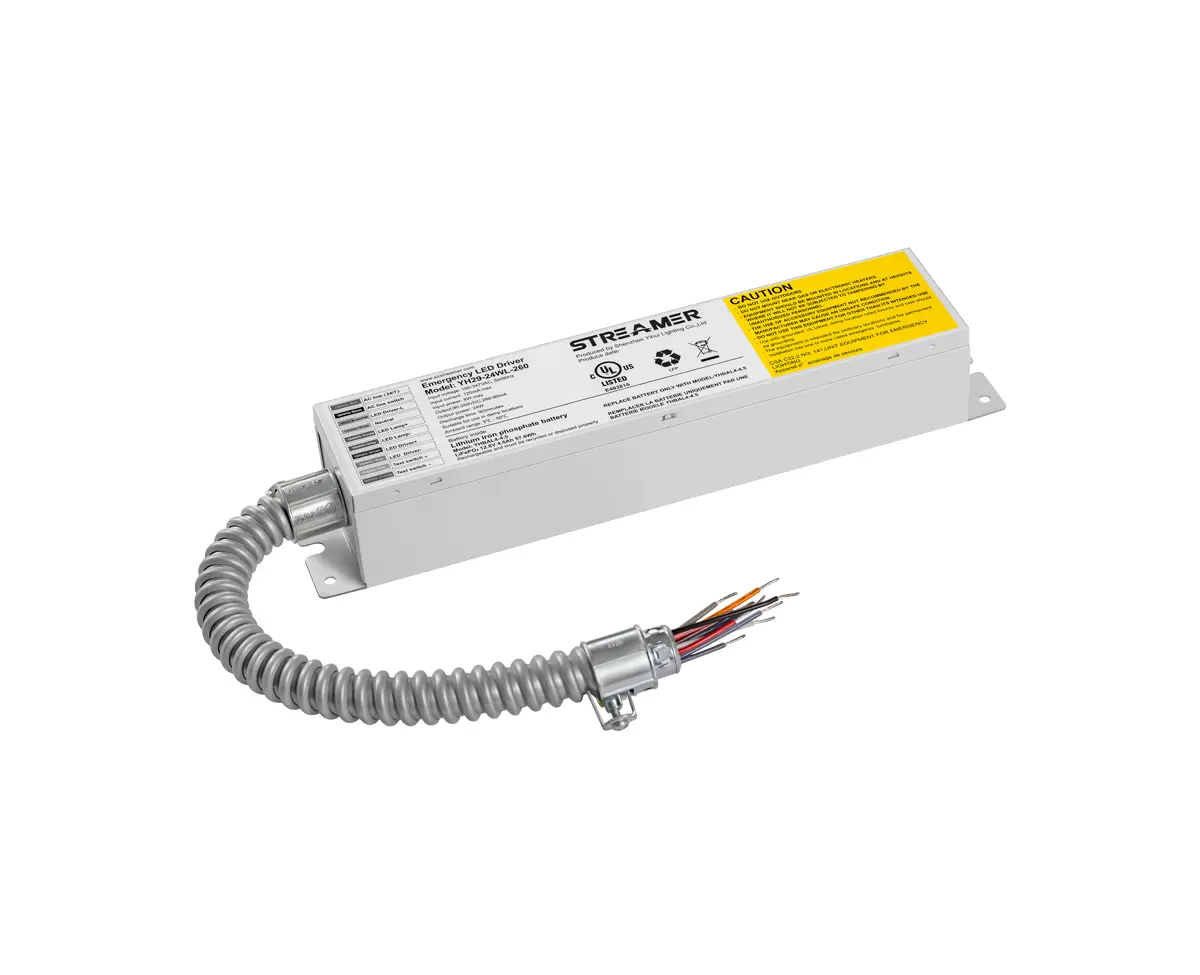 1
1
 May 05, 2025
May 05, 2025

Heat sink fins play a vital role in the operation and longevity of LED emergency converters by effectively dissipating the heat generated during their operation.
LEDs, although more energy - efficient than traditional lighting sources, still produce a significant amount of heat during operation. If this heat is not dissipated properly, it can cause the temperature of the LED chips and other components within the converter to rise. High temperatures can lead to a decrease in LED brightness, color shift, and a reduction in the overall lifespan of the LED and the converter. Heat sink fins address this issue by increasing the surface area available for heat transfer.
The design of heat sink fins is based on the principles of heat conduction, convection, and radiation. Heat sink fins are typically made of materials with high thermal conductivity, such as aluminum or copper. Aluminum is commonly used due to its relatively low cost, lightweight, and good corrosion - resistance. The fins are attached to the heat - generating components of the LED emergency converter, usually the LED driver or the LED module itself, using thermal interface materials to ensure efficient heat transfer.
The shape and size of the heat sink fins also impact their performance. Fins with a larger surface area and a greater number of fins can dissipate more heat. However, there is a limit to this, as overly large or numerous fins may increase the overall size and weight of the converter. Additionally, the spacing between the fins is important. Adequate spacing allows for proper air circulation, which is essential for convective heat transfer. If the fins are too close together, air may not be able to flow freely, reducing the effectiveness of heat dissipation.
In some cases, forced - air cooling methods, such as fans, are used in conjunction with heat sink fins to enhance heat dissipation. Fans can increase the rate of air flow over the fins, accelerating the convective heat transfer process. However, the use of fans adds complexity to the system, increases power consumption, and may introduce noise. Therefore, the design of heat sink fins aims to achieve an optimal balance between natural and forced - air cooling to ensure efficient heat dissipation while maintaining the simplicity and reliability of the LED emergency converter.